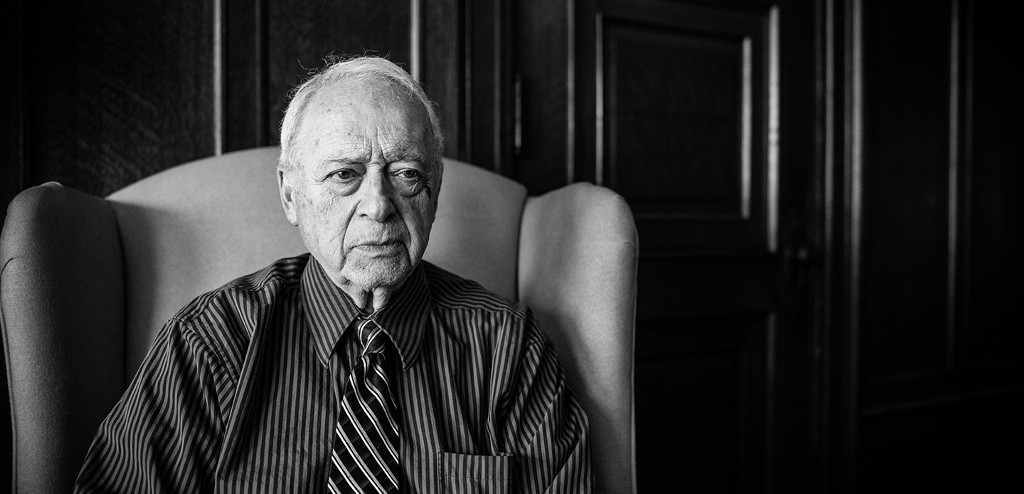“People say to me sometimes, ‘We don’t go to you because you bury those people’ — the poor people,” Peter Stefan tells me in the second-floor office of his Worcester, MA funeral home. “I say, ‘Then don’t come. We don’t need you.’ You bury who you bury.”
That statement might serve as a motto for Stefan, whose weathered appearance seems wholly apropos for a man who, for 41 years, has made a living burying those whose bodies have nowhere else to go — AIDS patients in the ’80s and ’90s; the homeless and impoverished living near his funeral parlor, Graham Putnam & Mahoney, in Main South, one of Worcester’s toughest neighborhoods; and the elder of the two brothers who bombed the Boston Marathon three years ago.
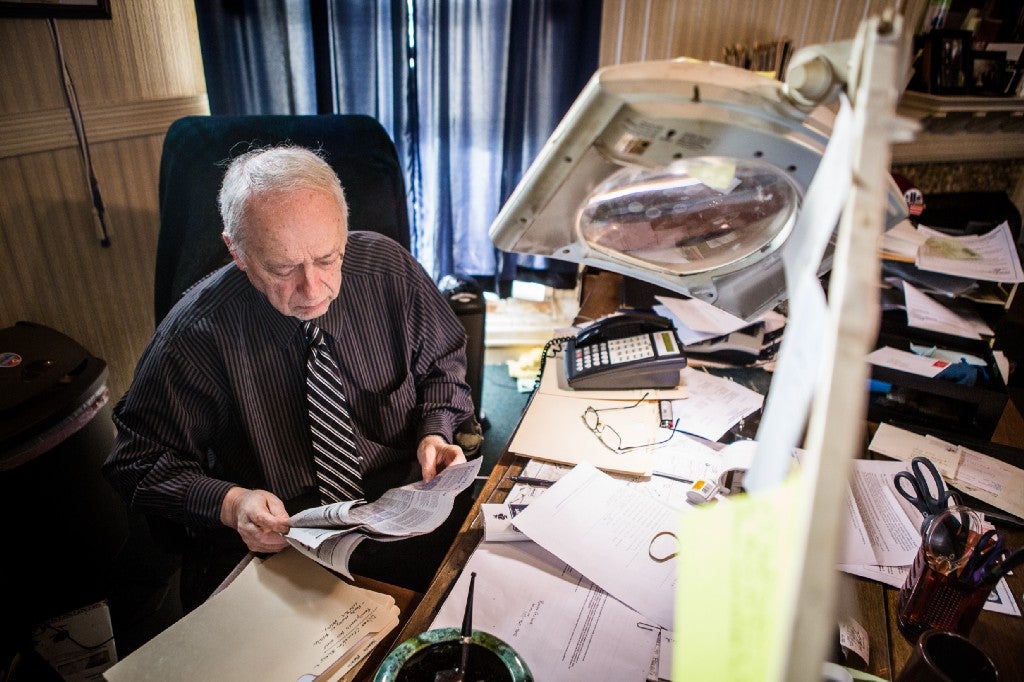
Stefan looks like someone blew up a large balloon around his midsection. His face droops; there are large bags under his eyes from the countless hours of sleep he’s skipped over the years and the streams of tobacco smoke he’s inhaled through his pipe. A large ashtray, more like a bowl, sits on one of the three desks in his office, filled with burnt pipe tobacco. The sweet, milky smell stings my nostrils and lingers on my clothes for hours after. Whenever visitors stop by, Stefan fills his pipe and rattles off whatever’s on his mind between puffs: sometimes he wants to talk about the unaffordability of prescription medicines, other times it’s his former career as a musician. But usually it’s the same old thing: his commitment to a world in which everybody is entitled to a decent burial, no matter their wealth or standing.
“Show me the manner in which a nation cares for its dead and I will measure with mathematical exactness the tender mercies of its people, their respect for the laws of the land and their loyalty to high ideals.” Like many funeral home directors, Stefan likes to paraphrase this quote from William Gladstone, the 19th-century Prime Minister of the United Kingdom, but most funeral home directors don’t make it their mission the way Stefan does.
Funerals are big business, with the average funeral costing more than $8,000, according to the Funeral Consumers Alliance. Those who can’t afford a burial rely on government checks — in Massachusetts the state pays $1,100 — but that’s barely enough to cover expenses. The first time I sat in Stefan’s office nearly two years ago, he was working on a funeral for a couple who had lost a newborn child and owed $300 for the cemetery costs, which insurance wouldn’t cover. Stefan knew they couldn’t afford it and ended up taking $300 from the insurance check to pay them back.
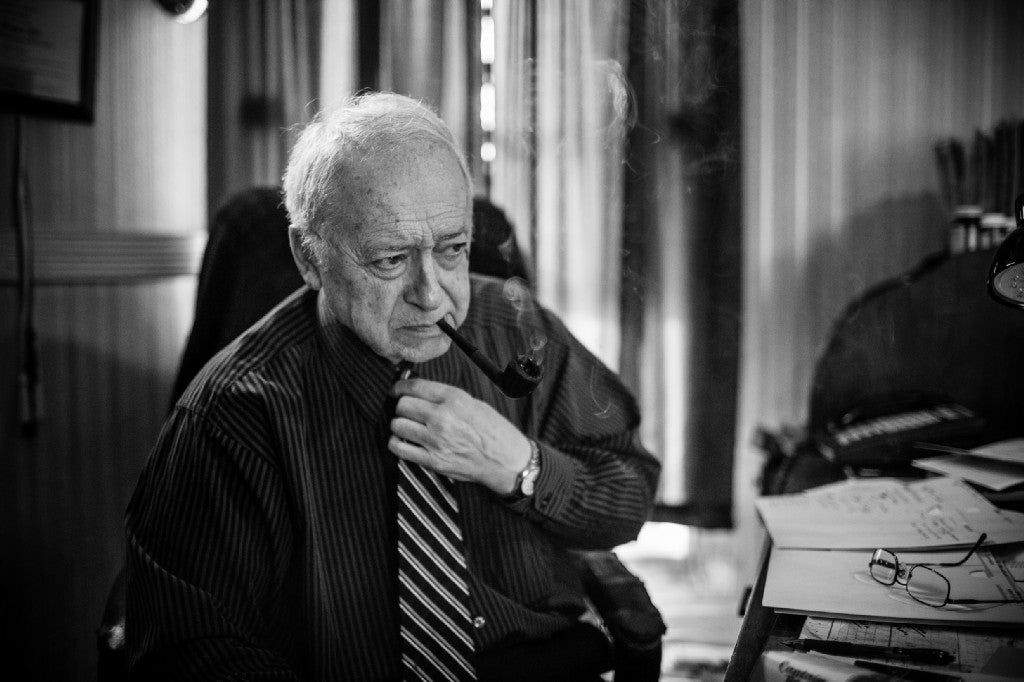
That kind of charity comes at a cost. To make up for the lack of revenue per ceremony, Stefan has to host a funeral nearly every day, and the wear and tear from the constant passage of mourners through his halls is evident. The carpet and wallpaper are fading; above his desk, the ceiling is caving in from water damage, held in place by duct tape and plywood.
“At least we bury them,” Stefan says, referring to the bodies stored in his basement — occasionally for months — waiting for a family member to sign off on embalming or cremation. Often they don’t, for fear they’ll be charged for something they can’t afford. “The families know they’re there, and they want nothing to do with it.”
Still, Stefan is sparing those dead from the even sadder fate of a mass grave, where thousands of the poor and forgotten are buried each year in New York City and Los Angeles alone. In Massachusetts, the state medical examiner told the State Senate that 29 bodies were currently in holding, with just three funeral homes willing to accept them for the state’s paltry $1,100 fee. “Of these, only one funeral director routinely handles the majority of our cases,” wrote the medical examiner — referring, of course, to Stefan.
As the name of his funeral parlor suggests, Stefan wasn’t born into this bleak but necessary niche; rather, he sought it out. Growing up in Dorchester in a triple-decker with his mother, grandmother, aunts and uncles, he more or less stumbled into a funeral home down the street.
“I didn’t find it bad,” Stefan says about his first time viewing an embalming. “You want to make the person look good, and the family wants to see the person look good, because chances are, the last time they saw them, the person didn’t look good.”
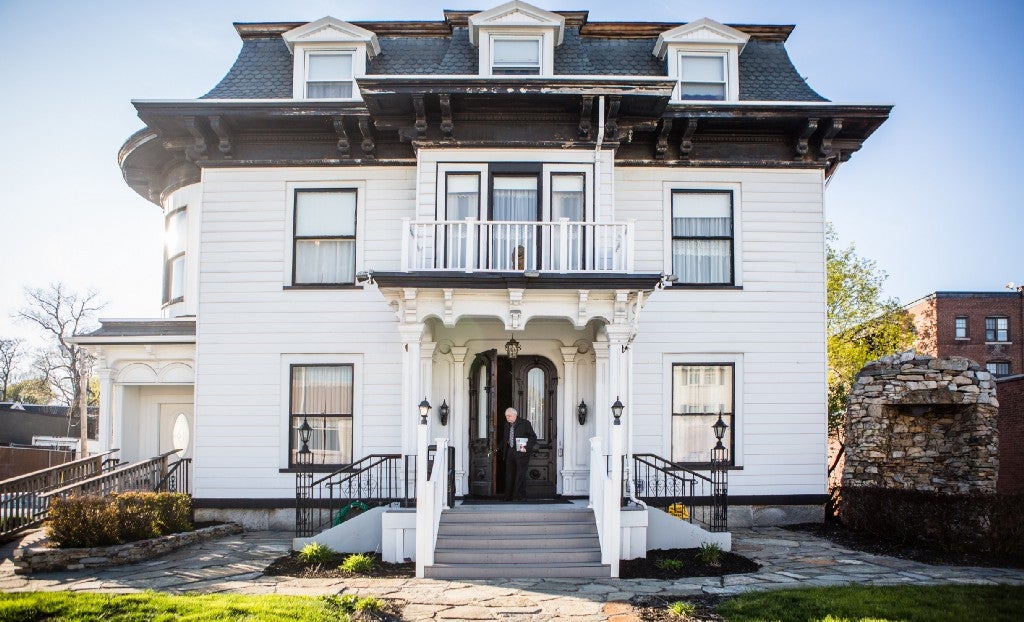
Stefan got his embalming license in 1966, but the funeral business wasn’t his first career. Stefan played the saxophone and traveled between clubs and studios across the country while working his way up in the local funeral home in Dorchester. “I played with some big names, made some recordings, but I never bring it up,” Stefan says — he worries that people will say he’s boasting.
But Stefan was also an aspiring family man, and hoped for a more settled career running his own business and sleeping in his own bed at night. “Music involved a lot of leaving town and traveling here and there,” Stefan says. “When kids get to be a certain age, you have to say to yourself, ‘You know what, I have to draw a line somewhere.’ You got to be around.”
Eventually, he joined the Boston funeral home that buried his paternal grandfather, Graham Putnam & Mahoney Funeral Parlor, which also had a few other locations across Massachusetts. Stefan saved the money he made playing music and purchased two of its parlors in 1975; he sold one location, but decided to run the Worcester one himself. Immediately, he determined that he would never turn away people who couldn’t pay, and he would focus on serving the city’s underserved, including poor people and immigrants. “I looked at that nobody seemed to want [to work with] were the Hispanics. So I got in with them and you start to build some sort of rapport,” Stefan says. “It gets to the point you get known as the Spanish funeral home.”
Six years after he purchased the funeral parlor, the AIDS epidemic started creeping through America’s cities, sending the country into a paranoid tailspin over public health. “Funeral home directors wouldn’t touch the bodies because they didn’t know how the disease was transmitted,” says Martha Axton, the director of prevention and screening at AIDS Project Worcester.
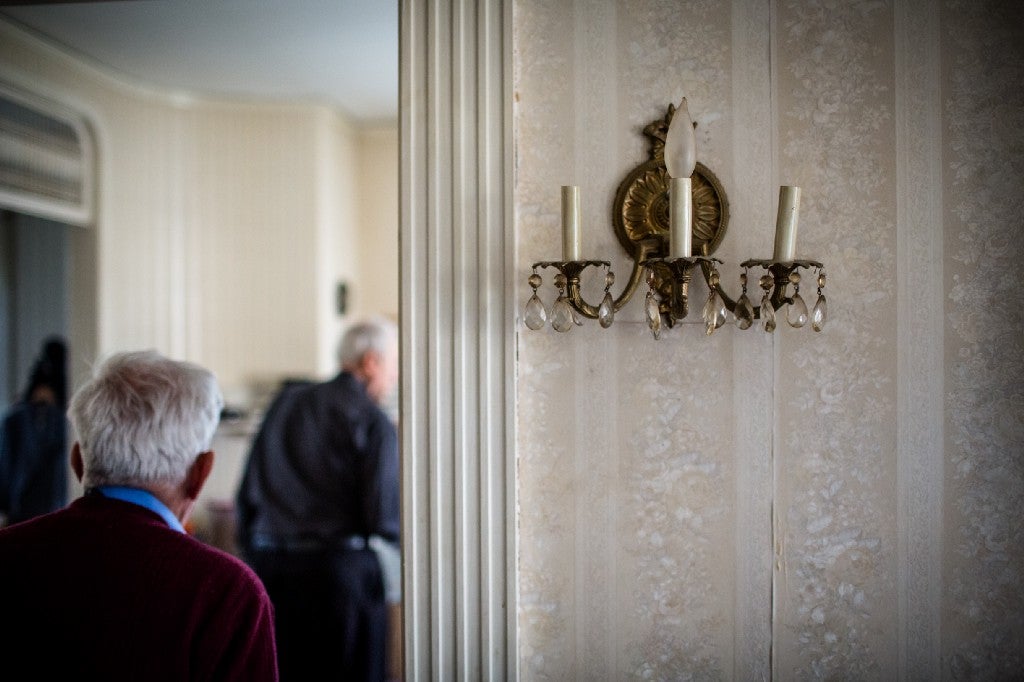
The misconceptions about HIV and AIDS put funeral directors in a bind. Plenty of them listened to the baseless rumors about how the disease was transmitted; some even made families pay for new equipment after caring for their deceased relatives. Stefan stepped up and took on the challenge, traveling from the Berkshires to Cape Cod to pick up and bury the virus’s victims. “You weren’t going to contract anything if you are careful, let’s face it,” Stefan says. “When we took them, we at least showed the family the bodies; we at least had some sort of calling hours […] The families had a chance to see them.”
Stefan continued to work as a musician until the ’90s because, even as he took on more clients, his funeral parlor still wasn’t making any money, and he needed another source of income to keep his doors open. Eventually, though, his reputation as the man who would bury anyone made him busy enough that he could afford to quit jumping in at nightclubs and focus on his family life and the parlor.
It also made him the likely candidate to take on the most difficult burials: people with no family and those tainted by crime or controversy.
Two weeks after police shot and killed Tamerlan Tsarnaev — who, along with his brother, set off bombs near the finish line of the Boston Marathon — his body remained unburied as the state attempted to figure out what to do with it: No funeral home or cemetery wanted it. Stefan was approached by the Tsarnaevs’ uncle — who had been referred to Stefan based on Stefan’s familiarity with Islamic burial rituals — but the body was sent to another funeral parlor by mistake.
“I got a call from them down there,” Stefan remembers — a funeral parlor in North Attleboro where the body arrived during the middle of a wake, complete with a coterie of protesters and media. “They were basically living in a state of terror,” and they needed Stefan to come collect the body as soon as possible. “They were thinking of waiting until the morning, but they said, ‘Nah, we better do something now.’ So we went and got the body in the middle of the night,” Stefan recalls.

The quiet exchange was discovered anyway. Before Tsarnaev’s body made it to Worcester, a local news station was already waiting at Graham Putnam & Mahoney. Soon, every media outlet was there looking for answers. They wanted to know what Stefan planned to do with the body.
He had one answer.
“We bury the dead, that’s what we do,” Stefan says. “Doesn’t matter who it is. I can’t separate the sins from the sinners.”
This is how I met Stefan. I was assigned to stand outside the funeral home for my job as a daily reporter at the time. I was there the morning the news broke that Tsarnaev’s body was in the city where I lived and worked. During an unseasonably warm week, I watched protesters shouting from across the street. As the death threats streamed in, Stefan worked the phones among his contacts at cemeteries, searching for a burial plot. Eventually, he connected with a cemetery in Richmond, Virginia that agreed to do the burial, and on May 9, Tsarnaev’s body was moved.
“I never kept a nickel,” Stefan says. “I didn’t want anyone to say, ‘You did the funeral for the money.’ I didn’t get a dime.” Instead, he put the money he received for it into a fund for people who can’t afford prescription medication. It’s something he’s been doing for the last five years as he advocates for a medicine recycling bill in the state. It’s not something he has to do, but it’s like Stefan to turn take something positive from a bad situation.
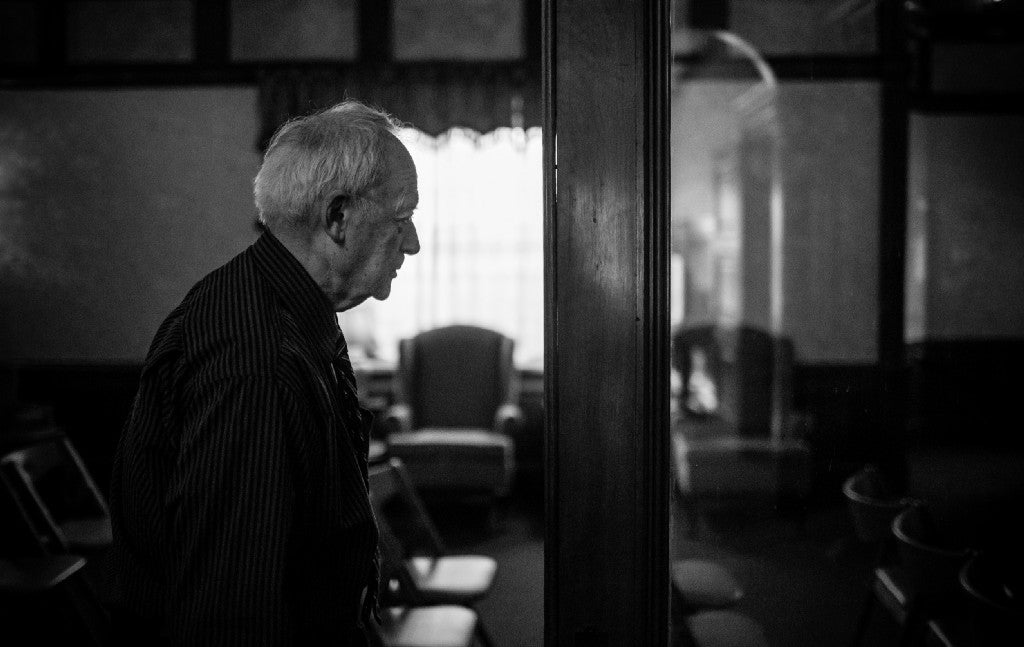
“I always tell people, ‘Count what you have, not what you don’t have.’ Too many other people just count their money, money, money,” Stefan says. “Just stop and think of all the people who’d have money if they did something the other way with it.”
While the wider world has moved on from the Boston Marathon bombing of 2013, Stefan can’t forget about that week when the world seemed to converge on him. He’s working on a book, writing about what happened behind closed doors as he tried to navigate the politics of burying a terrorist in the age of the 24-hour news cycle and polarized political landscape. But he’s found the publishing world isn’t interested in his side story — or possibly it’s scared.
At one point he shares with me a childhood memory that has resurfaced since he buried Tsarnaev, a moment when past and present seem to intertwine. When Stefan was a boy, he went to school near Copley Square, close to the Boston Marathon finish line and the site of the bombing. One day, a skylight fell off a building near his school and crushed one of his schoolmates to death. All that was left was the ice cream he was holding, smashed onto the ground, a sight Stefan tells me he will never forget. A few days later, Stefan stood outside of his school and watched his friend’s funeral procession. On the side of the hearse were the words “Graham Putnam & Mahoney.”
Kevin Koczwara is a frequent contributor to VICE Sports and The Classical. He previously wrote about the country’s oldest active cidery for MEL.
